
NOT YOUR ORNAMENT
Solo exhibition, Vienna Secession 15.9. – 12.11.2023
In NOT YOUR ORNAMENT Mai Ling investigates the racialized and gendered logic of “Ornamentalism”—a term conflating “Orientalism” and “ornmental” that the American feminist scholar Anne Anlin Cheng discusses in her book of that title, which analyses how the European and American imagination has constructed Asian femininity as a hybrid human being and decorative object. Mai Ling challenges such an objectified condition through ornamental and invasive plants. Drawing on the Secession’s close relation to the Art Nouveau movement—often characterized by ornamental designs inspired by natural forms, such as flowers and plants—Mai Ling aims to reclaim their agency confronted by the decorative aesthetics that perpetuates the sexualization and dehumanization of Asian bodies within white society.
In this exhibition, the kudzu plant plays a central role in relation to the concept of “stickiness” as an agency of resistance and pleasure. Initially introduced as an “ornamental” plant during the Centennial International Exhibition of 1876 in the U.S., and later used in agriculture to prevent soil erosion, the vine is now considered invasive in most of the Western world. Native to East and Southeast Asia and some Pacific islands, kudzu is known for its beneficial properties as a weaving material and as part of traditional medicine and cuisine, with the starch of its roots being used as a thickener and sticky ingredient.
In their two-channel video installation Becoming Stickiness Mai Ling positions themselves and their own journey as one with kudzu—embracing its transformative, sticky, pleasurable, and resilient qualities. As the collective puts it: “Transforming and becoming with kudzu means developing our own abilities to take up space, merge with our surroundings, meander through obstacles, heal our kin, and spread freely. They say kudzu is difficult to eradicate because of its large, tuberous root structures. Let our own roots be immovable.” The work begins with the search for kudzu, stickiness and pleasure through the gestures of experimenting, cooking, eating, sensing, interacting with, and embodying the invasive plant. It culminates in a collective choreography in which multiple bodies intermingle and ultimately become one with plants, challenging the troubled tensions within the politicised dichotomies between human and object, between decorative and invasive.
In an environment of ornamental plants in soil, the visitors can listen to the many voices of Mai Ling. Unfolding both historical accounts and their individual memories in relation to commodified house plants brought to the Western world, each story exposes the intricate entanglement of ongoing horticultural colonialism, exoticism, and migratory experiences. At the same time, the wallpaper re-appropriates botanical designs for domestic spaces typically seen in the Art Nouveau movement. The group portrait at the end of the exhibition further connects to Mai Ling’s existence being intertwined with that of the ornamental and invasive plants.
In order to amplify the many voices involved, their reading room allows not only insights into previous works but access to relevant discourses on collectivity as well as diasporic and migratory communities. By offering guided tours “Together with Mai Lings” in multiple Asian languages during the exhibition, they create space for informal gatherings and exchange, inviting others to join them on a journey of Becoming Stickiness. Mai Ling emerged as a group from the need for a platform to share experiences collectively. Hence, stickiness as a form of pleasure and fostering a stronger community was at the heart of their activities even before the notion was introduced to their practice.
Curated by Christian Lübbert
Thank you for the support: Gartengestaltung Mag. Roman Fuchs
Photo by Iris Ranzinger
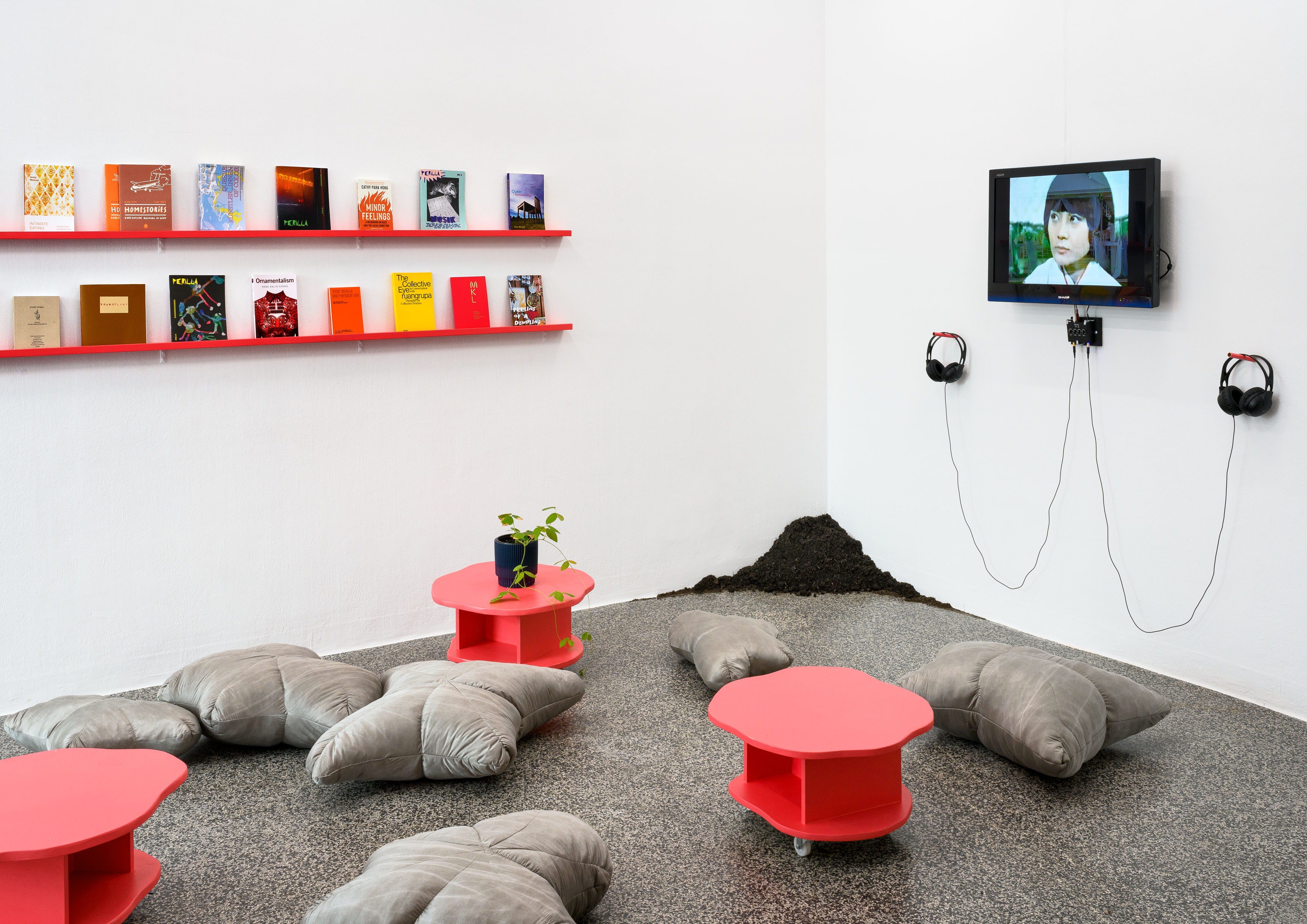





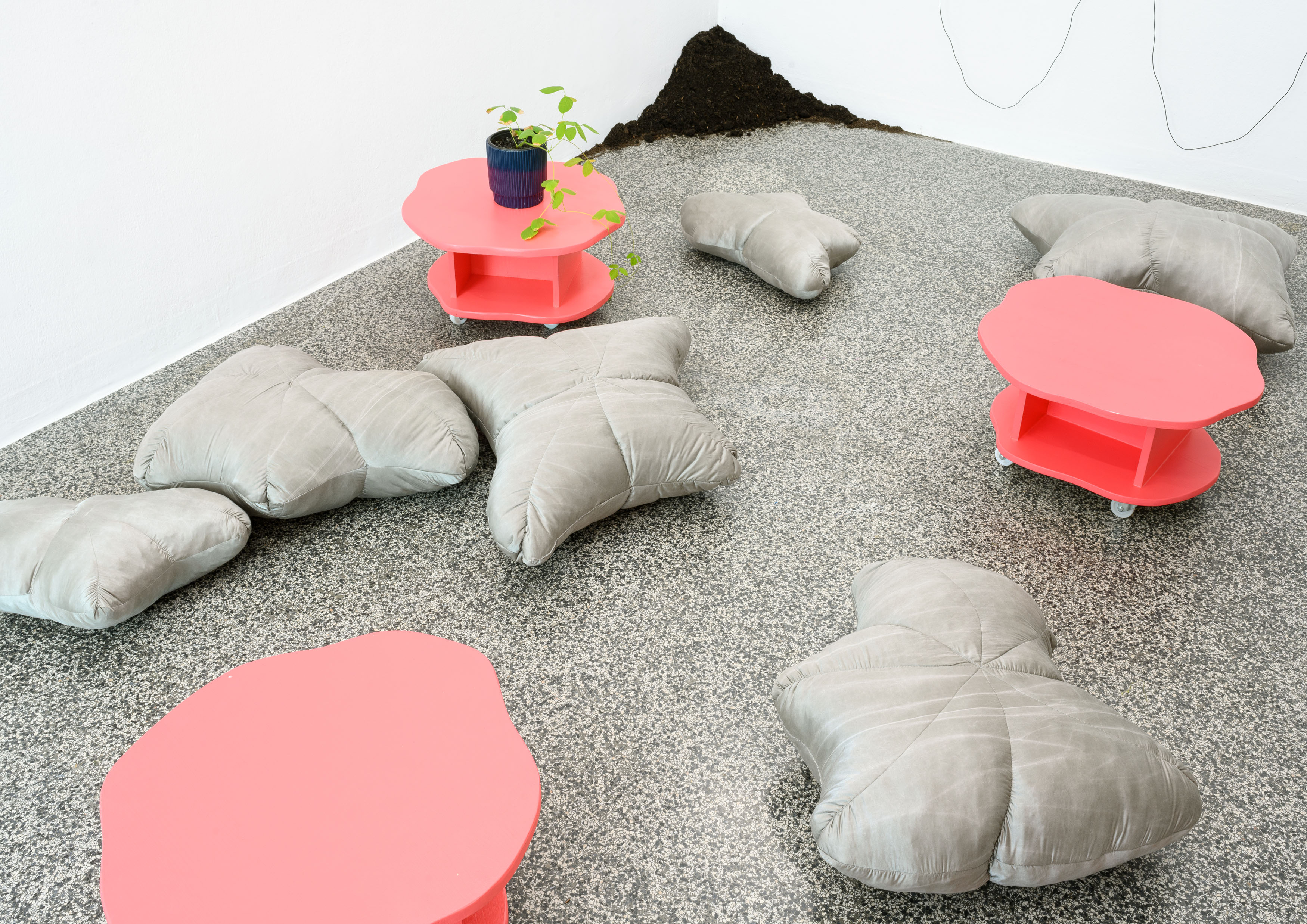

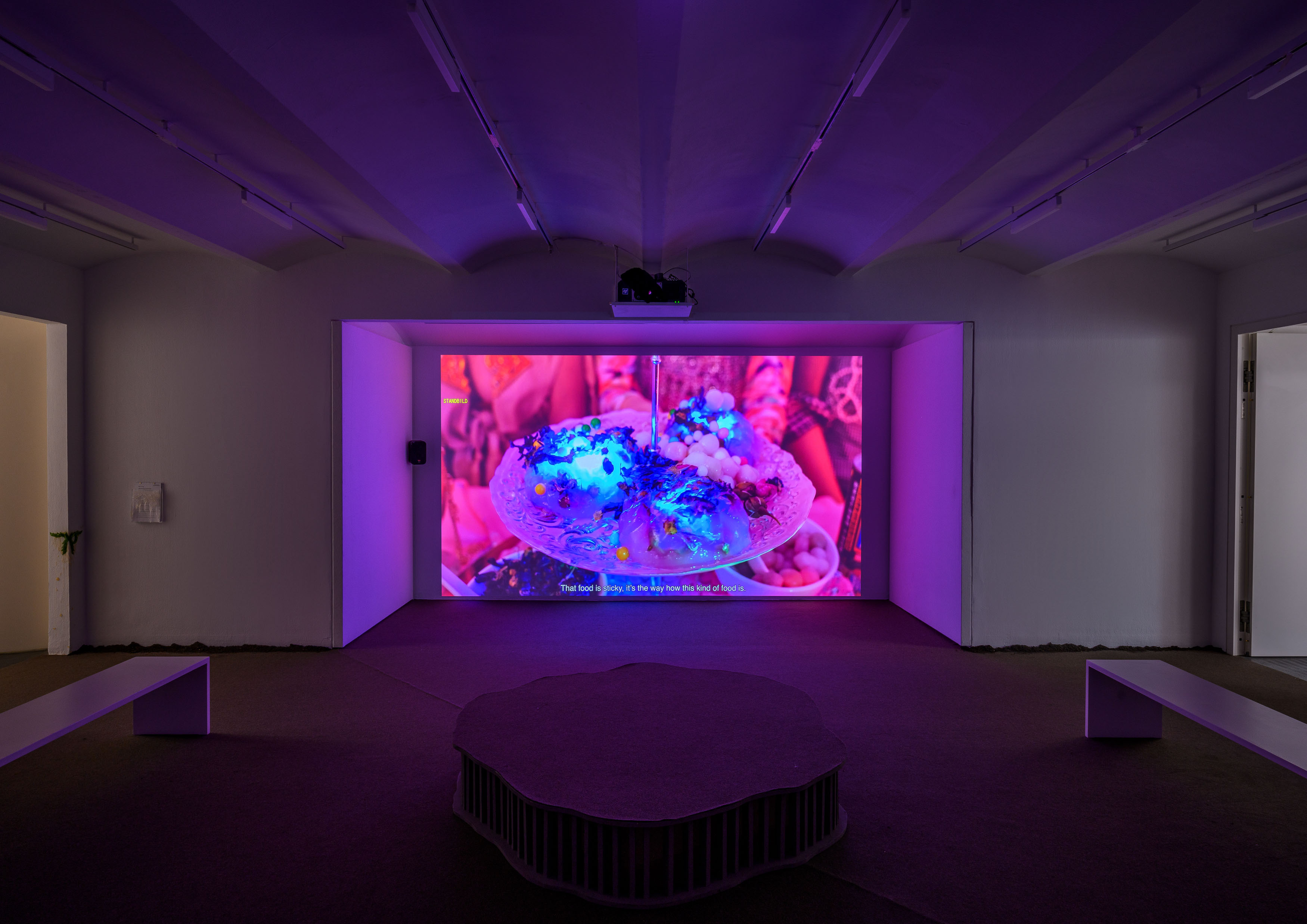






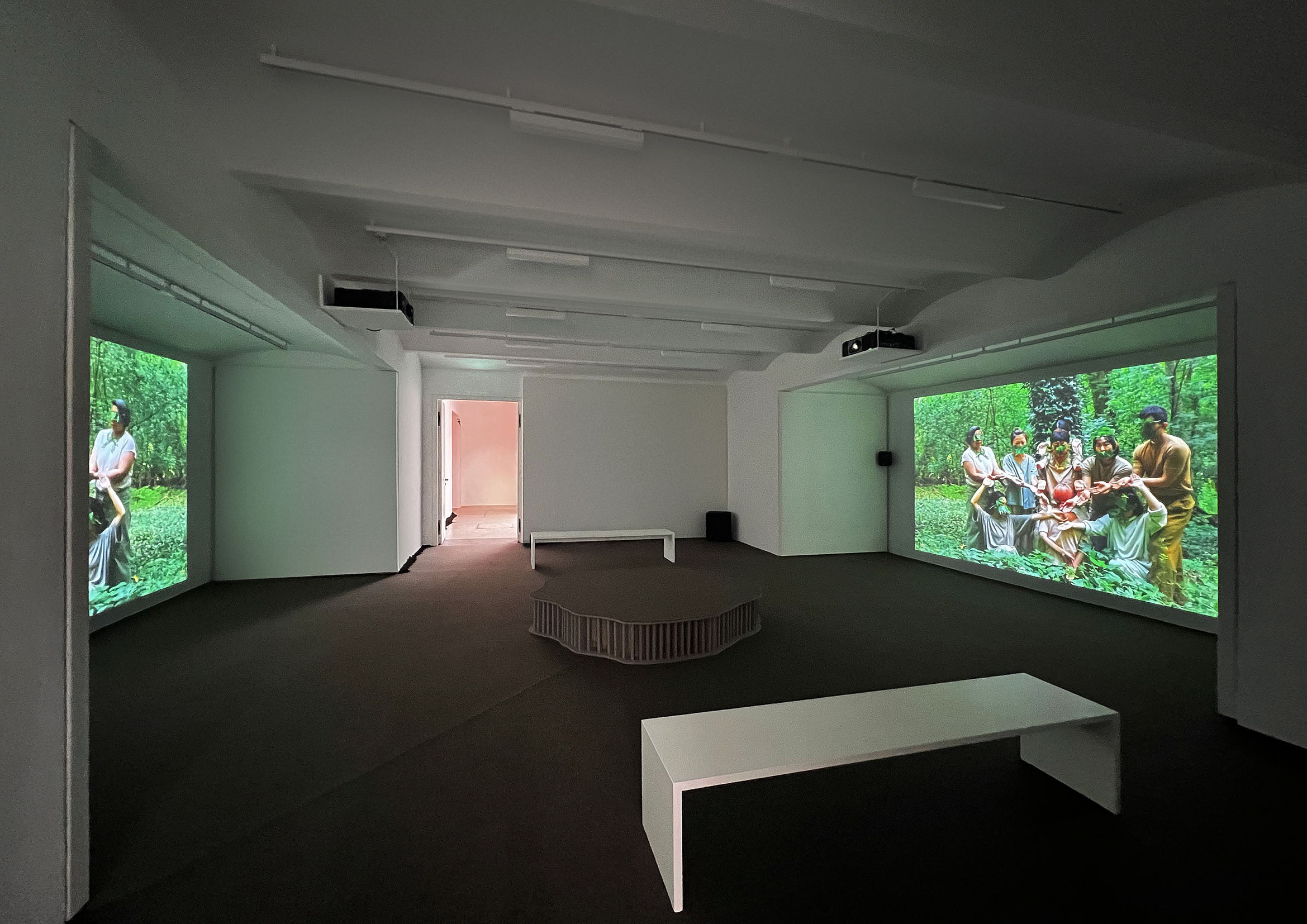

MAI LING SOUP BATH
Meditative Gathering, 2022 - present
Mai Ling Soup Bath is an immersive journey of the senses and contemplation, wherein we shall commune through a harmony of flavours, a meditative sound bath, and caress. Food has always been a sacred place of kinship, solace, care, and tenderness. Let us gather as one, sharing in the embrace of a communal repast, igniting our spirits and nourishing our collective existence. Collectively, we will brew a pot of familiar sensations and edible memoirs — an embodiment of our intertwined pasts, present pulsations, and hopes. At the end of the session, everyone is invited to share a warm meal together.
Mai Ling Soup Bath | WIENWOCHE | Brunnenpassage
24 September 2023. Curated by Denise Palmieri. With the participation of the pan-asian documentation archive WANDAPANDA & TIGER by Perilla. Photo by Olesya Kleymenova ©WIENWOCHE










Mai Ling Soup Bath | Vivências | Kulturhaus Brotfabrik 18 November 2022. Initiated by kültüř gemma, curated by Denise Palmieri and Marissa Lôbo. Photos by Marisel Bongola








MAI LING KOCHT: WE ALL EAT DIRT
Cooking Performance, ~20min, 2021-22
Mai Ling Kocht is a series of oral, auditory and haptic performances tapping into the evolution of Asian food through mobility. Taking place in both physical and virtual realms, Mai Ling experiments with conviviality inviting participants to descend into a deeper exploration of food — its stickiness, its histories and its politics. By tending to our desires for comfort and pleasure, food transforms beyond mere sustenance to a medium that satiates what was lost through migration. Through performative interactions with food, Mai Ling deconstructs oppressive structures and stereotypes — those that have been superimposed and reproduced — as a means for survival and protest.
Mai Ling Kocht 3: We All Eat Dirt
7-9 June, 2022, in the project Pickle Bar by Slavs and Tatars, Wiener Festwochen, Vienna. Photo by Franzi Kreis





Mai Ling Kocht 3: We All Eat Dirt
6-8 May, 2022, donaufestival, Krems. Photo by David Visnjic


WHO IS MAI LING?
Solo Exhibition, VBKÖ 8 - 27 March 2021.
Mai Ling is neat and silent.
Mai Ling is nice and friendly.
Mai Ling is exotic and charming.
Mai Ling is quiet and delicate.
Mai Ling is sober and obedient.
Mai Ling is a faithful domestic.
Mai Ling is a dragon lady.
Mai Ling is a tantalising temptress.
Mai Ling is a smailing ingenue.
Mai Ling is disappearing into an amnesic fog, and her voice has never been heard.
Mai Ling re-narrates and re-portrays the once silenced “Mai Ling” (originated from the TV sketch by Gerhard Polt) with collective voices and multi-layered identities, in an effort to finally reclaim her speech, thorough re-appropriation and re-construction of the perception and treatment of gendered and racialized bodies in Western society. The exhibition Who is Mai Ling? showcases the sheer diversity of Mai Ling's artistic and activist projects produced though various means of presentation.
Photo by Miae Son





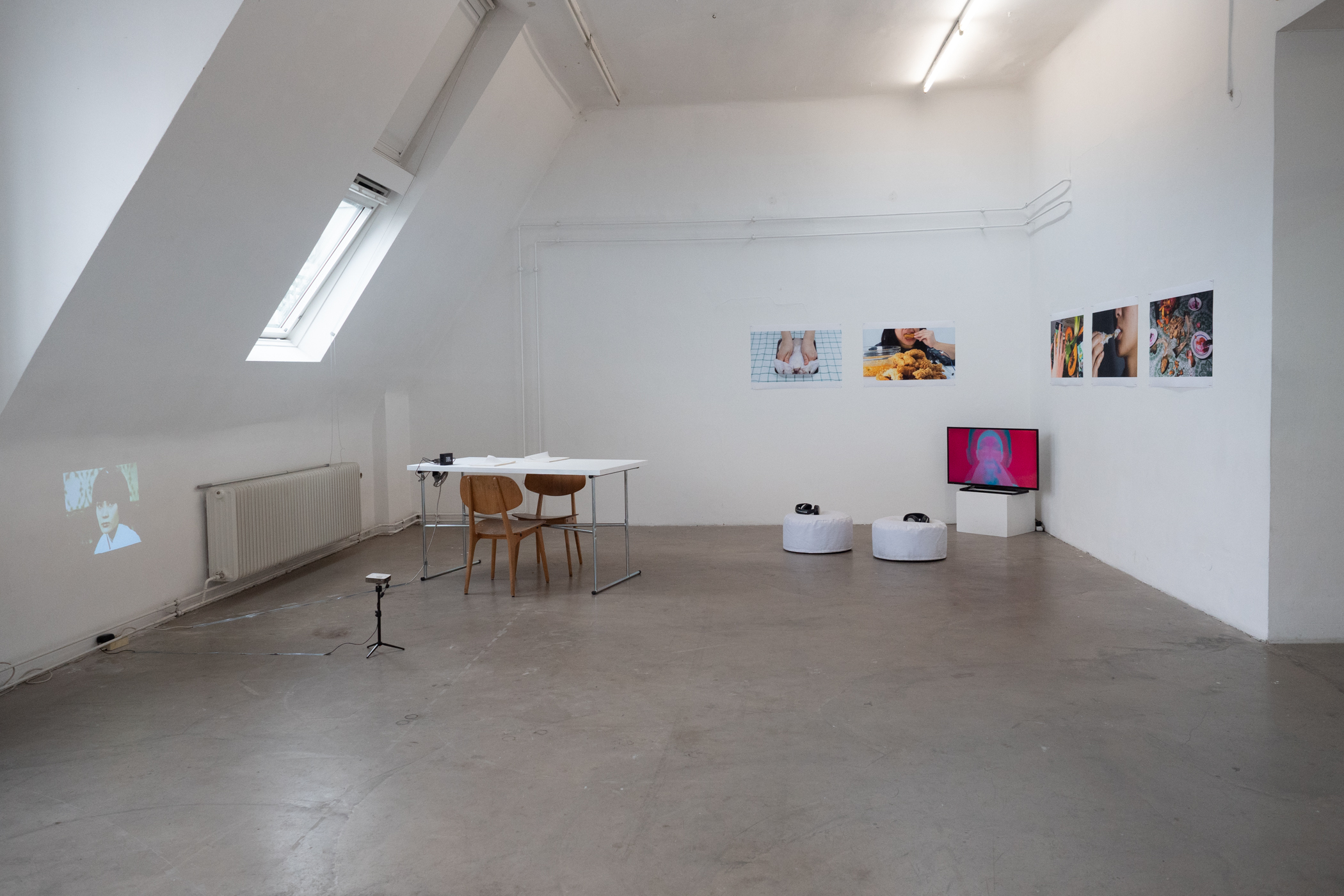





MAI LING KOCHT: EATING AS PLEASURE AND PROTEST
Experimental Video, 12:27min, 2021
The evolution of Asian food through mobility has a long-standing history. Not only has it evolved in the occidental world to adapt to “western standards” of taste, aesthetics and aroma, dishes have also been redefined according to the availability of ingredients and local produce. Improvisation becomes key to habituate oneself to a new context where food standards differ. Mai Ling wants to deconstruct recurring representations of the Asian female migrant body by questioning notions of exoticism, the kitchen and the sensorial, and aesthetic experiences of food. The performances of Mai Ling Kocht unfold the narratives behind migration and food, not only as multicultural additions to European palettes, but as representations of societal barriers and invisible forms of discrimination.
By tending to our desires for comfort and pleasure, food transforms beyond mere sustenance to a medium that satiates what was lost through migration. Through performative interactions with food, Mai Ling deconstructs oppressive structures and stereotypes — those that have been superimposed and reproduced — as a means for survival and protest.
Supported by Kültür gemma!